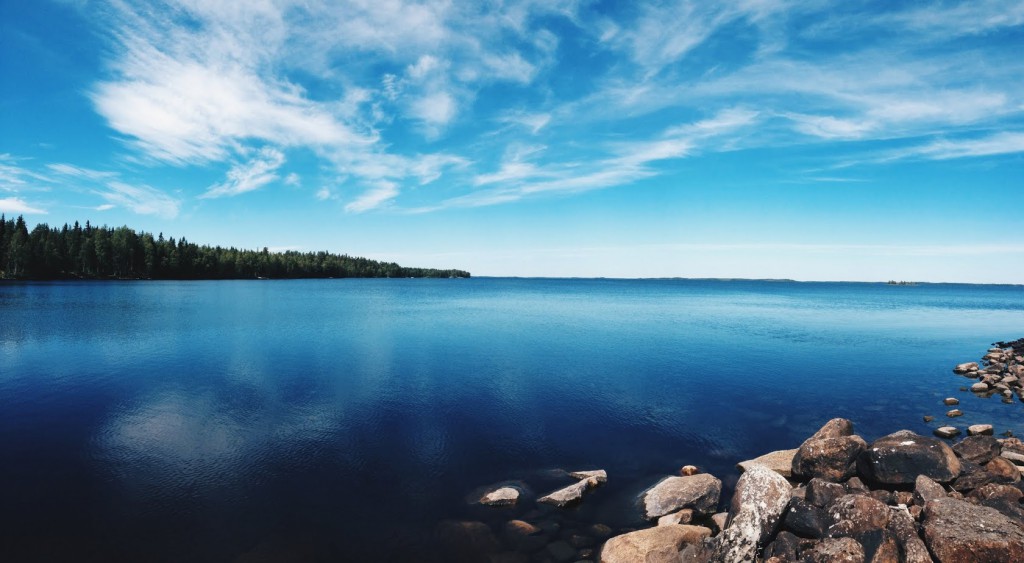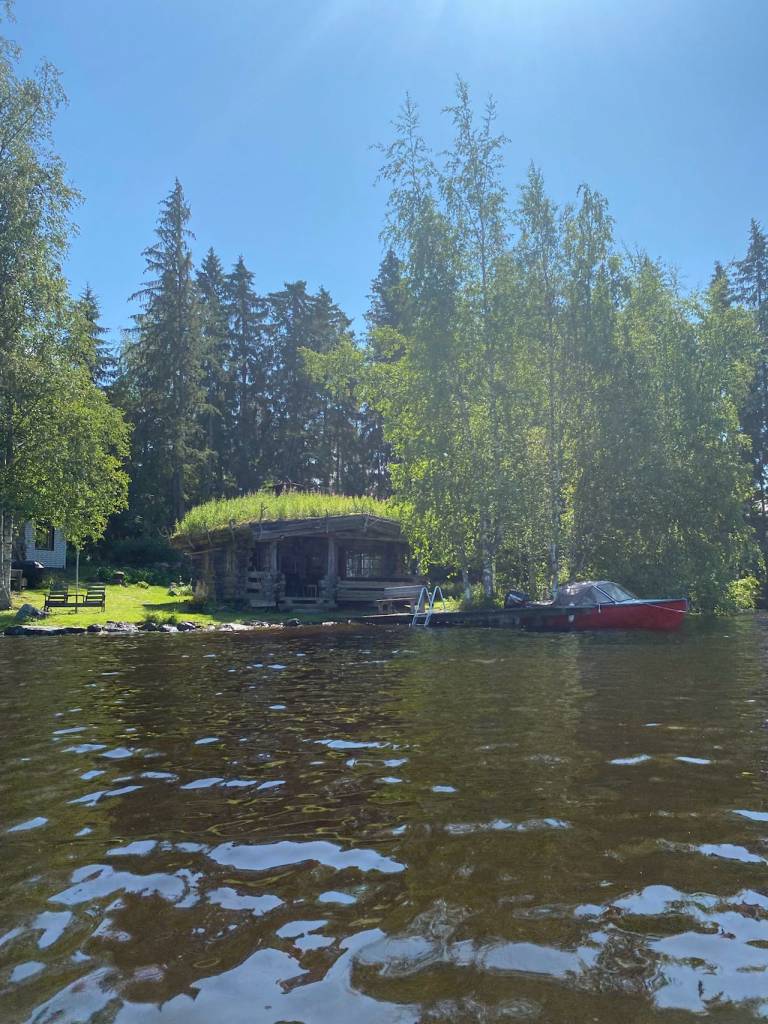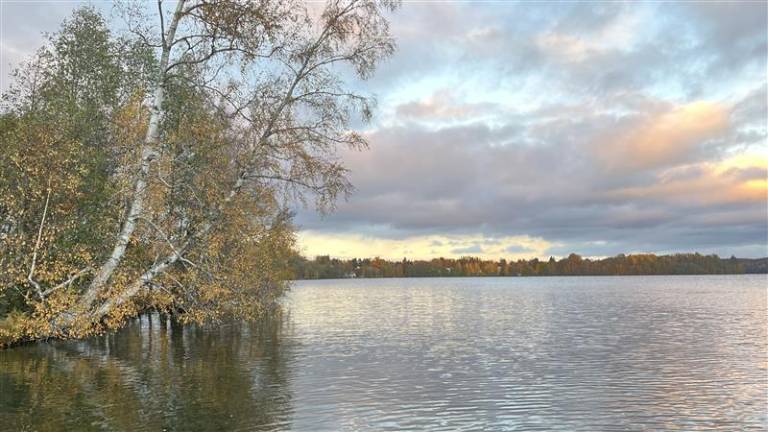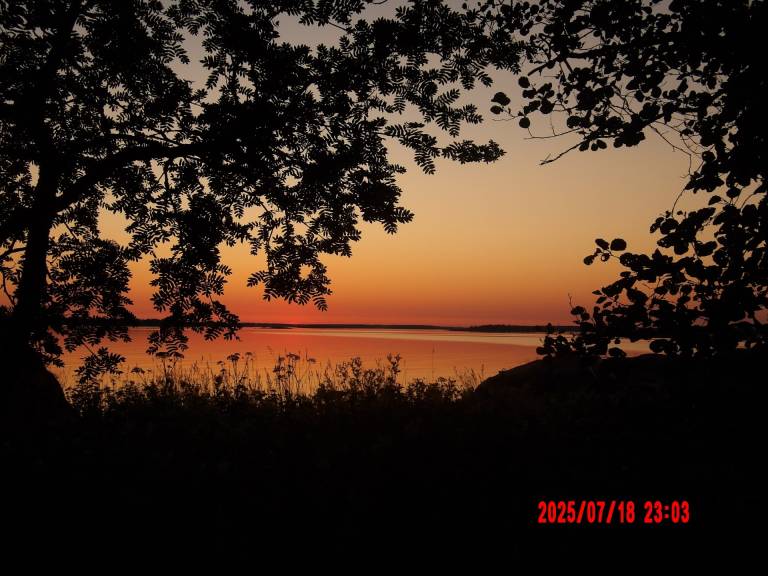The Beauty of Finnish Seasons Through Diverse Cultural Perspectives
Finland is renowned for its contrasting seasons. People living here are accustomed to the cold, dark winter days as well as the bright, beautiful summer ones. Finland’s changing climate offers a unique cultural perspective. Each season brings its own distinct characteristics, traditions, and activities that capture the essence of Finnishness. I decided to explore the different seasons through the lens of Finnish cultural perspectives
Winter
Winter in Finland is often portrayed in movies with snow-covered landscapes, frozen lakes, and long, dark nights illuminated by the northern lights. While this is true, there is another side to the story. During the Finnish winter, daylight is scarce, and it remains very dark. As a result, people often feel tired and even depressed due to the lack of sunlight and the benefits it provides, such as vitamin D.
On the other hand, Finnish winter is rich in traditions and culture, such as ice swimming, cross-country skiing, and sauna bathing. Finns share a sense of fatigue, which brings them closer together. Unlike in America, a snowstorm doesn’t hold us back. Cars are equipped to handle snow and ice, and children go to school even in a snowstorm
Spring
As the snow begins to melt and nature awakens from its slumber, spring brings a sense of renewal and anticipation to Finland. The arrival of spring is celebrated with the tradition of “Vappu,” or May Day, marked by festive gatherings, picnics, and the wearing of traditional white caps. It symbolizes the transition from darkness to light and the emergence of life after the long winter. Spring also heralds the return of outdoor activities such as hiking in national parks, foraging for wild berries and mushrooms, and enjoying the beauty of blossoming flowers. It reflects the Finnish appreciation for nature and the deep connection to the natural environment that is ingrained in Finnish culture.
Summer
Summer in Finland is a time of abundance, with endless daylight hours and vibrant greenery stretching as far as the eye can see. It is a season of relaxation and leisure, as Finns flock to their summer cottages or embark on camping trips to enjoy the pristine wilderness. The Finnish “Juhannus,” or Midsummer, celebrated around the summer solstice, is one of the most cherished holidays, marked by bonfires, saunas, and traditional folk rituals. It reflects the importance of community, family, and tradition in Finnish culture. Summer also offers opportunities for cultural events such as music festivals, outdoor concerts, and art exhibitions, showcasing the rich cultural heritage of Finland to both locals and visitors alike.
Autumn
As summer fades into autumn, Finland transforms into a tapestry of vibrant colors as the leaves change hues. Autumn is a time of harvest festivals, mushroom picking, and preparing for the long winter ahead. It is a season of reflection and introspection, as Finns embrace the concept of “hygge” or coziness, seeking comfort in simple pleasures such as gathering around the fireplace with loved ones or enjoying hearty meals of traditional Finnish cuisine. Autumn symbolizes the cyclical nature of life and the importance of embracing change with grace and resilience.
In conclusion, the Finnish seasons offer a window into the soul of Finnish culture, revealing a deep connection to nature, a spirit of resilience, and a sense of community and tradition that are integral to the Finnish identity. Although I don’t like the dark, cold winter, I still appreciate all of the Finnish seasons because each season brings its own unique set of experiences and values, shaping the collective consciousness of the Finnish people and reflecting the essence of Finnishness.




Comments